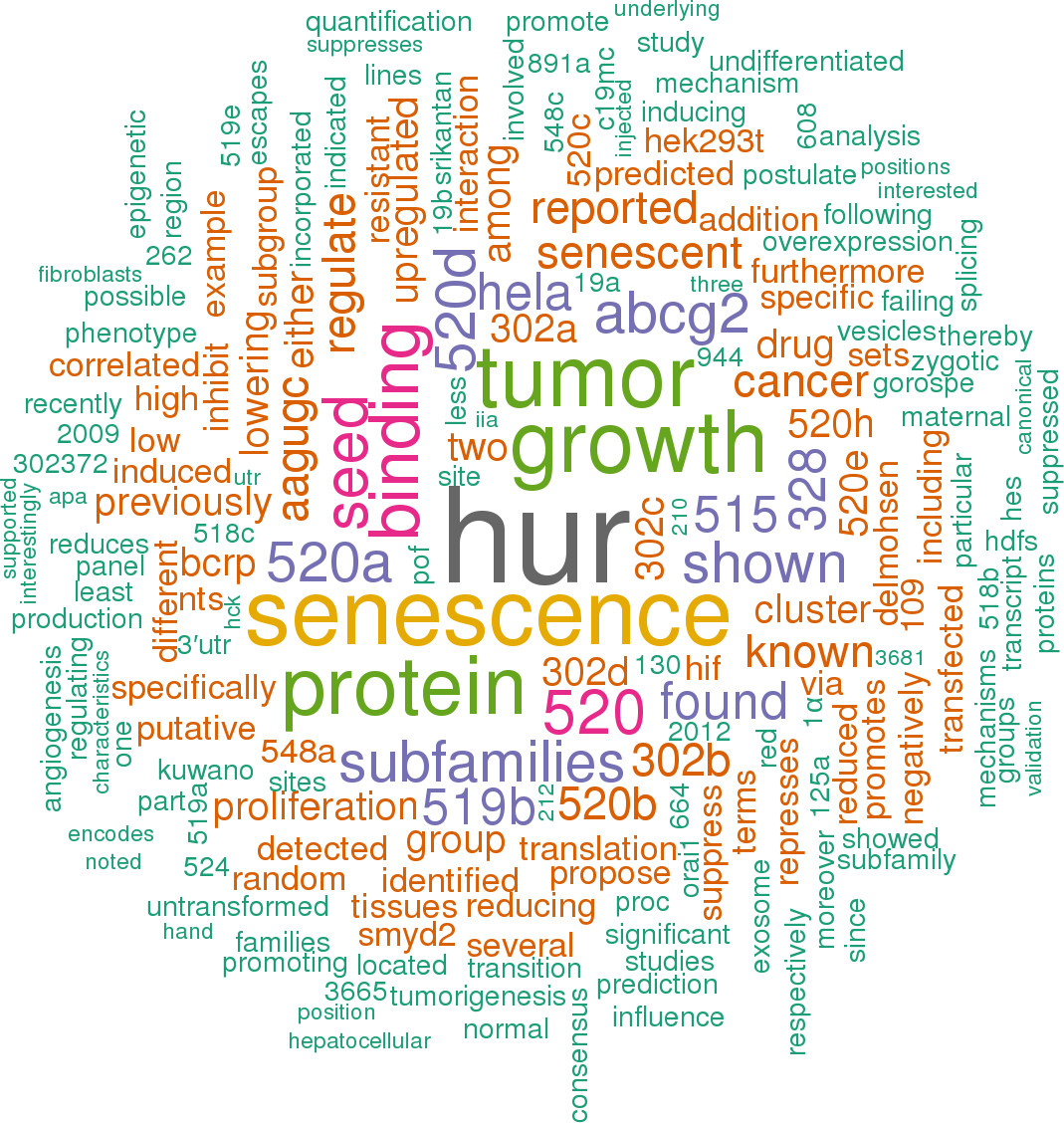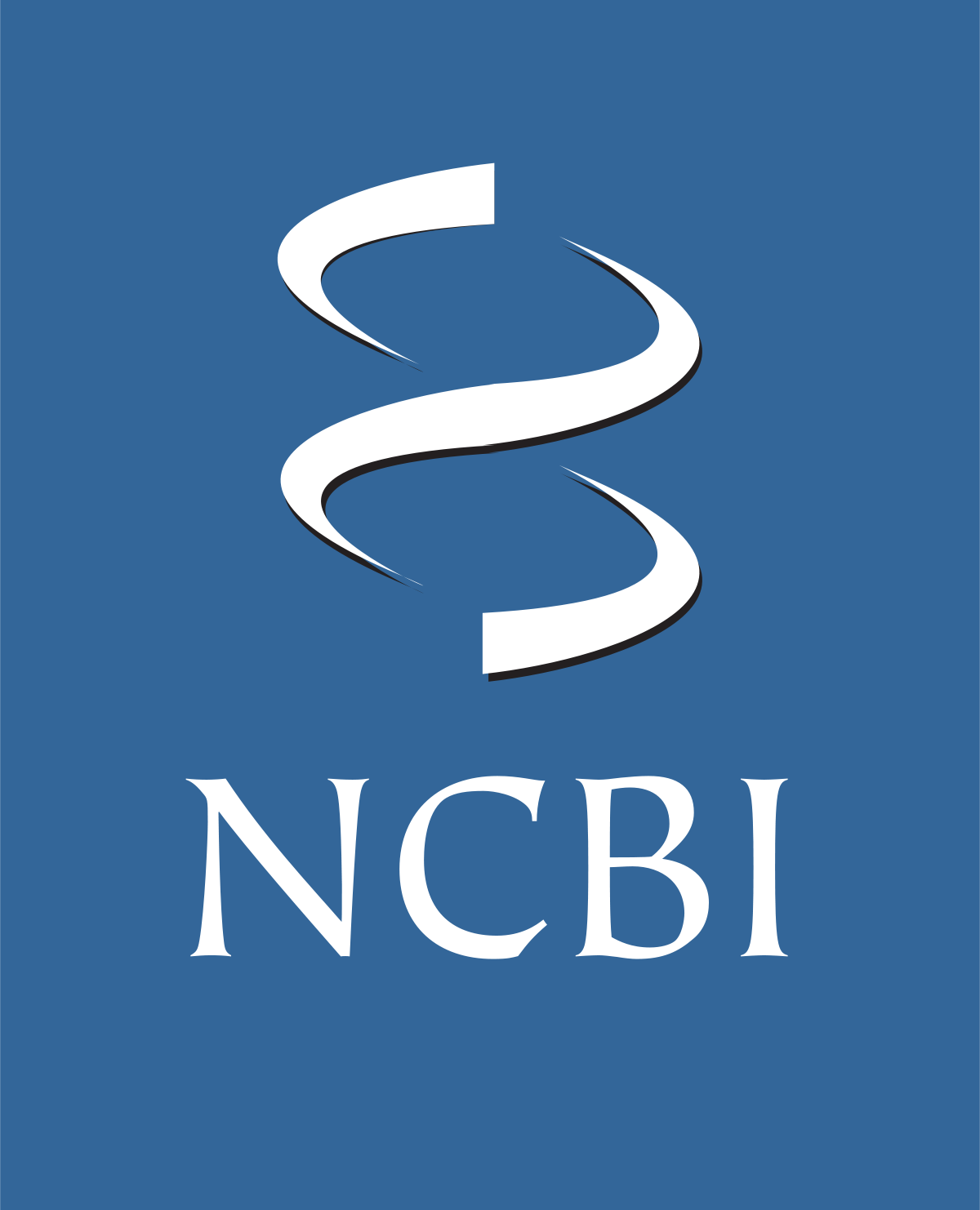Accession
MI0003148
Symbol
HGNC:
MIR519C
Description
Homo sapiens
hsa-mir-519c precursor miRNA mir-515
Gene
family?
family?
RF00639;
mir-515
Summary
Caution, this is an AI generated summary based on literature. This may have errors. ?
MIR519C is a placenta-specific microRNA gene belonging to the C19MC cluster, which is known to play a role in the regulation of gene expression, particularly in the placenta where it is produced by trophoblasts [PMC6460512]. This microRNA can be released in different forms, including as free miRNA or within extracellular vesicles (EVs) [PMC6460512]. In individuals from Australia, MIR519C and its target gene PDCD1LG2 were found to be disrupted by copy number variations (CNVs), indicating a potential impact on gene regulation [PMC3938728]. MIR519C has been implicated in the inhibition of TNFα gene expression within placental explant models, suggesting its involvement in inflammatory response modulation [PMC6460512]. Additionally, MIR519C has been associated with effects on transcription stability and protein translation [PMC10138346]. The expression of MIR519C has been analyzed in various datasets including those from liver hepatocellular carcinoma (LIHC) and breast invasive carcinoma, indicating its relevance in cancer research and potential role in tumorigenesis as part of the C19MC miRNA cluster [PMC7378193; PMC6193703; PMC8508841]..
Literature search

27 open access papers mention hsa-mir-519c
(69 sentences)
(69 sentences)
Sequence
106
reads,
15
reads per million, 22 experiments
ucucagccugugaccCUCUAGAGGGAAGCGCUUUCUGuugucugaaagaaaagAAAGUGCAUCUUUUUAGAGGAUuacaguuugaga
((((((.((((((.((((((((((((.(((((((((....(((...)))..))))))))).)))))))))))).)))))).))))))
((((((.((((((.((((((((((((.(((((((((....(((...)))..))))))))).)))))))))))).)))))).))))))
Structure
c c A Guug g
ucucag cuguga cCUCUAGAGGGA GCGCUUUCU ucu
|||||| |||||| |||||||||||| ||||||||| ||| a
agaguu gacauU GGAGAUUUUUCU CGUGAAAga aga
u A A --aa a
Annotation confidence
High
Do you think this miRNA is real?
Comments
The 5' arm of this precursor expresses a product related to miR-526 (previously named miR-526c here). Landgraf et al. confirm mature miRNA expression from both arms of the precursor [2], leading to the -5p, -3p designations. The mature sequence shown here represents the most commonly cloned form from large-scale cloning studies [2].
Genome context
chr19: 53686469-53686555 [+]
Clustered miRNAs
8 other miRNAs are < 10 kb from hsa-mir-519c
| Name | Accession | Chromosome | Start | End | Strand | Confidence |
|---|
Disease association
hsa-mir-519c is associated with one or more human diseases in the Human microRNA Disease Database
| Disease | Description | Category | PubMed ID |
|---|
Mature hsa-miR-519c-5p
| Accession | MIMAT0002831 |
| Description | Homo sapiens hsa-miR-519c-5p mature miRNA |
| Sequence | 16 - CUCUAGAGGGAAGCGCUUUCUG - 37 |
| Evidence |
experimental
array-cloned [1], cloned [2] |
| Database links |



|
| Predicted targets |



|
Mature hsa-miR-519c-3p
| Accession | MIMAT0002832 |
| Description | Homo sapiens hsa-miR-519c-3p mature miRNA |
| Sequence | 54 - AAAGUGCAUCUUUUUAGAGGAU - 75 |
| Evidence |
experimental
array-cloned [1] |
References
|



